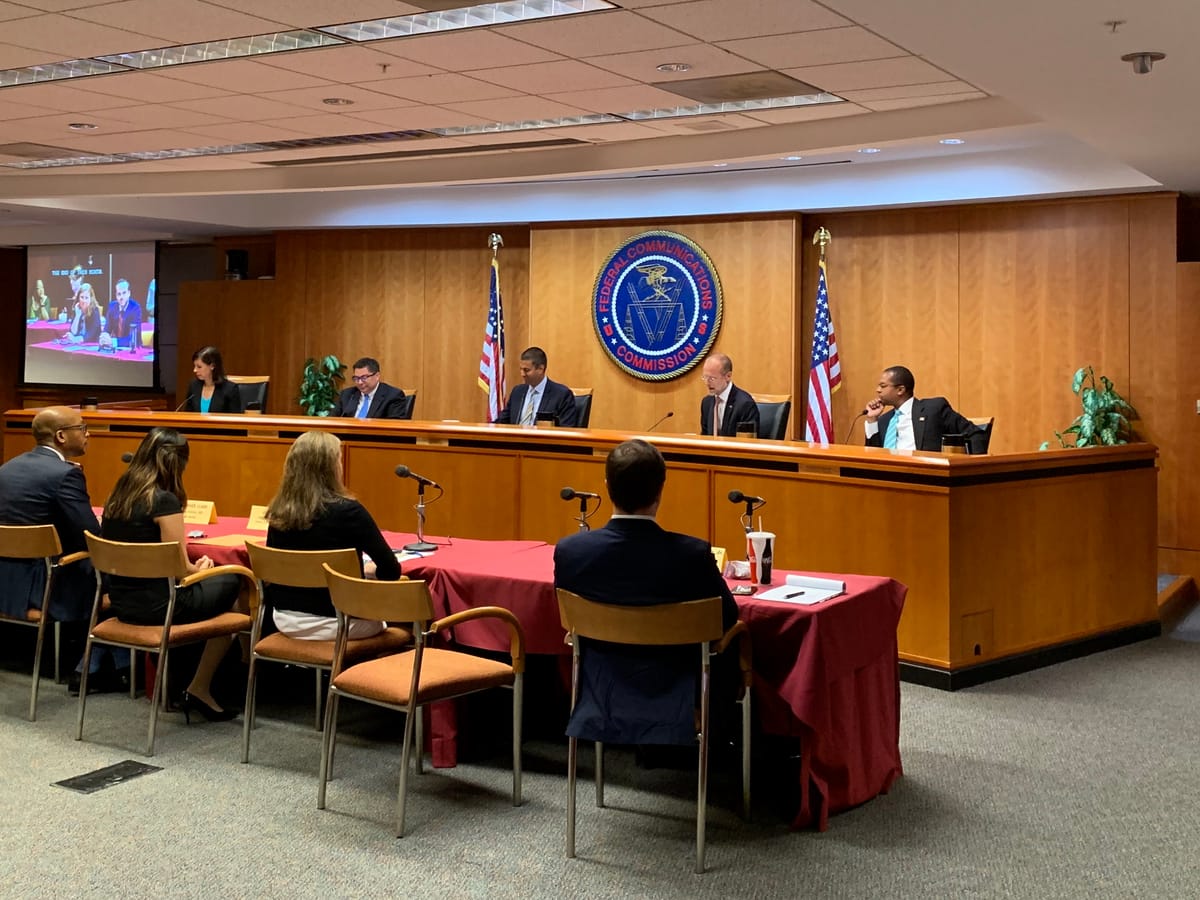Comments on Digital Opportunity Data Collection Largely Supportive of FCC’s New Mapping Initiative
WASHINGTON, September 26, 2019 – Comments on the Federal Communications Commission’s latest effort to improve broadband data collection were due on Monday, and responses to the FCC’s Digital Opportunity Data Collection were largely positive. The order would shift data reporting from the FCC’s 477 fo

WASHINGTON, September 26, 2019 – Comments on the Federal Communications Commission’s latest effort to improve broadband data collection were due on Monday, and responses to the FCC’s Digital Opportunity Data Collection were largely positive.
The order would shift data reporting from the FCC’s 477 form, requiring broadband service providers to submit granular maps of the areas with broadband-capable networks. The DODC would incorporate mobile voice and improvement of satellite broadband reporting. Additionally, the FCC will adopt crowdsourcing to collect public input on the accuracy of broadband availability data.
Several major telecom organizations have also filed remarks on the Commission’s notice.
USTelecom also supported the FCC’s decision and provided recommendations as to how the Commission can successfully implement the Broadband Serviceable Location Fabric into DODC.
Some of the outlined suggestions included using granular mapping to expand past the limits of the current “one-served all-served” methodology and eliminate inconsistent commercial geocoded data as well as clarifying the Commission’s definition of “location” across Universal Service Fund proceedings.
Verizon agreed with promoting initial shapefile polygon reporting and the development of highly accurate location fabric. The company encouraged the Commission to ensure it maximizes the value of its revised collection. Therefore, the Commission should allow providers to use existing systems and network design in broadband mapping and not impose latency reporting requirements.
AT&T applauded the Commission’s decision and has consistently worked to help ensure accurate broadband mapping. Not only is the company an ongoing supporter of USTelecom’s Fabric project, but it played a role in determining eligible areas in the Mobility Fund Phase II Auction.
AT&T proposed that the Commission require greater disclosure of filer propagation mapping processes. The answer is not to prescribe how providers should create their maps, but rather to clearly define what the map must represent.
By requiring more transparency, AT&T believes that the mapping process will become more simplified and the Commission can easier identify shortcomings.
Microsoft commended the Commission for adopting the new DODC, in the hopes that it can produce more accurate granular data. Particularly, Microsoft agreed with the Commission’s decisions to require the submission of coverage polygons, sharpen the definition of fixed broadband service availability and facilitate public input in order to hold data carriers accountable.
But Microsoft also urged reconsideration of the Commission’s decision not to immediately amend Form 477 to include the new DODC provisions. Their concern is that if it were to take two years to implement the new policy, then the company would have to file four more Form 477 filings during that time.
Below are links to many of the comments in the proceeding:
Comments on digital data opportunity collection, with links and hosting provided by NECA.org:
ACA Connects
ACT/The App Association
Alaska Communications
AT&T
CCA
City of New York
Commpliance Group
Connected Nation
CTIA
Deere & Company
Free Press
Geolinks
Microsoft (Petition for reconsideratiom)
Mississippi PSC
NCTA
New America’s OTI
Next Century Cities, et al.
Rural Carriers for the Protection of E-rate Funds
US Cellular
USTelecom, ITTA and WISPA
Verizon
West Virginia Broadband Enhancement Council
WISPA
WTA










Member discussion